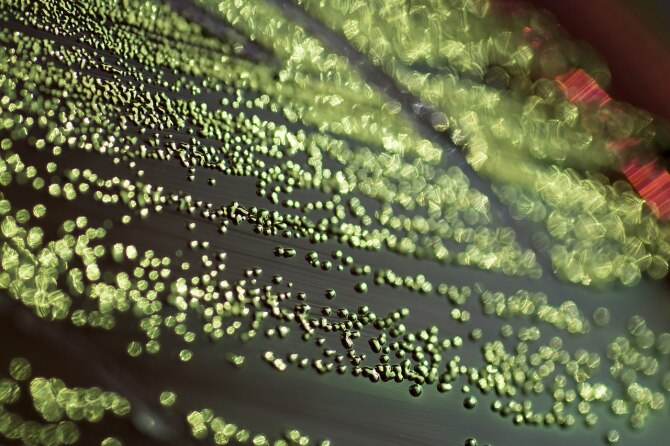The goal of expanding the DNA alphabet is to enable researchers to create unique body proteins.
The goal of “expanding the genetic code” is being pursued by scientists through the use of a synthetic DNA system called AEGIS, which allows them to add four new letters to the short DNA alphabet, allowing for the creation of custom body proteins. Since all living things’ DNA is made up of four nucleotides—adenine (A), thymine (T), guanine (G), and cytosine (C)—it is easy to notice the remarkable diversity that these small bundles of building blocks can produce. Nevertheless, scientists are curious about the new genetic expressions that could result from expanding the creative supply of DNA.
AEGIS, the result of research at the Foundation for Applied Molecular Evolution funded by NASA, adds B, S, P, and Z to the alphabet of DNA. These synthetic nucleotides are similar in size and shape to the natural nucleotides found in DNA, which enables them to fit into the DNA helix. Moreover, they form pairs with one another in the same manner as A, T, G, and C. These pairings, which now include B:S and P:Z, are what join two helices to form the characteristic DNA double-helix.

The ability of the synthetic nucleotides to change E. coli’s genetic expression, starting with B:S, was tested by researchers at the University of California San Diego (UCSD), the Foundation for Applied Molecular Evolution (FfAME), and the Salk Institute for Biological Studies. The researchers found that by “sneaking” into DNA’s geometry, the pairing became accessible to the bacteria’s RNA, which uses DNA’s instructions to create proteins. The RNA transcribed the B:S pairing as though it were a naturally occurring part of E. coli’s DNA.
“Expanding the genetic code could greatly diversify the range of molecules we can synthesize in the lab and revolutionize how we approach designer proteins as therapeutics,” senior study author Dr. Dong Wang said in a UCSD statement. “Considering how diverse life on Earth is with just four nucleotides, the possibilities of what could happen if we can add more are enticing.”
Custom proteins could help the body respond to disease more constructively; they could even encourage bacteria to produce substances that can be used in energy and materials science applications. “There could be many other possibilities for new letters besides what we have tested here,” Wang continued, “but we need to do more work to figure out how far we can take it.” Although it will be some time before scientists can start giving humans new DNA building blocks, the potential applications for synthetic nucleotides seem endless.

